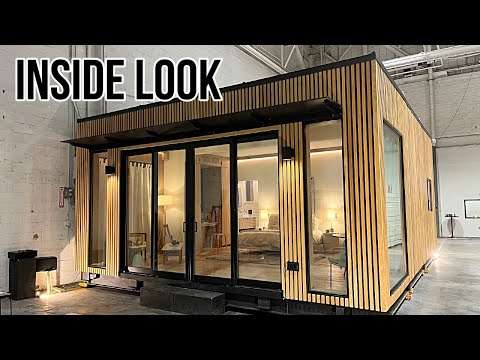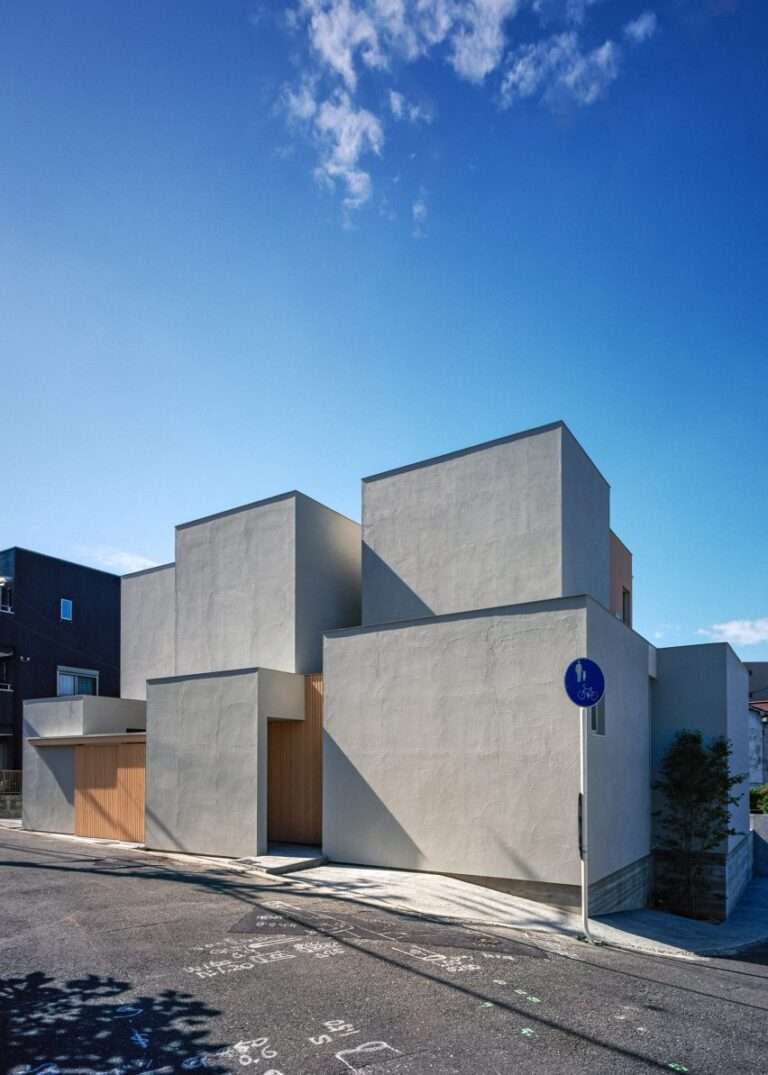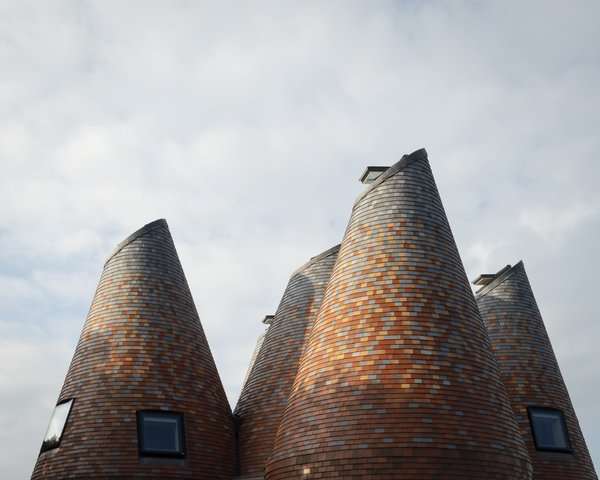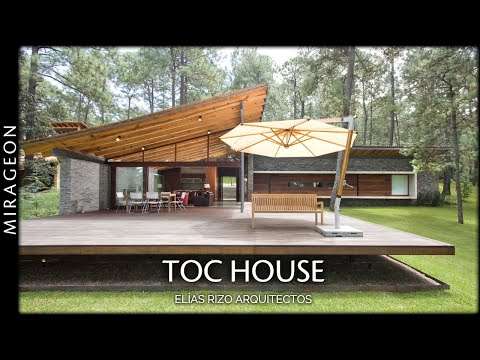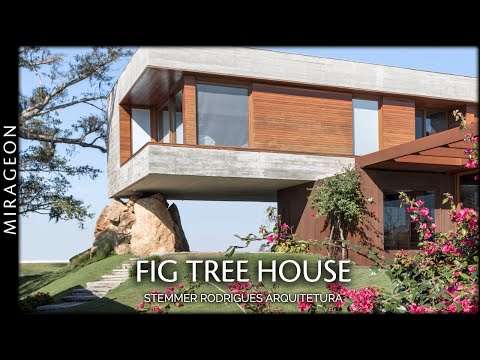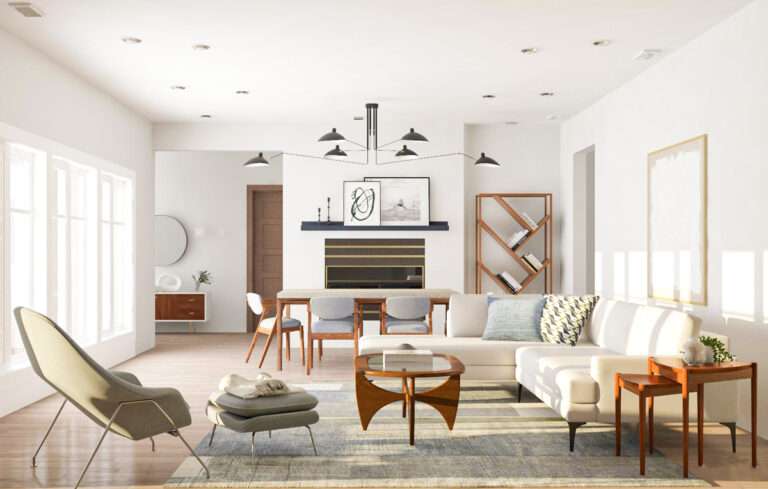a cultural landmark at the core of a park
Barcelona-based architecture studio Ricardo Bofill Taller de Arquitectura unveils a masterplan for the Royal Arts Complex (RAC) in Riyadh, introducing a bold architectural anchor within King Salman Park — an initiative that reimagines the former military airport with a vast green urban center. The RAC, currently under construction, is emerging as a constellation of cultural venues stretched along a 1.5-kilometer central boulevard. This axis acts as a connective thread between city and park, delineating a threshold where urban density begins to unravel into the open expanse of desert.
The strategy fragments the Royal Arts Complex into thirteen distinct components, each designed to support a different facet of cultural life. The ensemble includes a National Theatre, smaller theaters, an amphitheater, a cinema hall, and a Museum of Civilizations — each interlinked yet independent, forming a self-sufficient cultural ecosystem. Artist studios, master-craft workshops, and academies for music and visual arts further extend the program, reinforcing the site’s pedagogical role alongside its exhibitionary one.
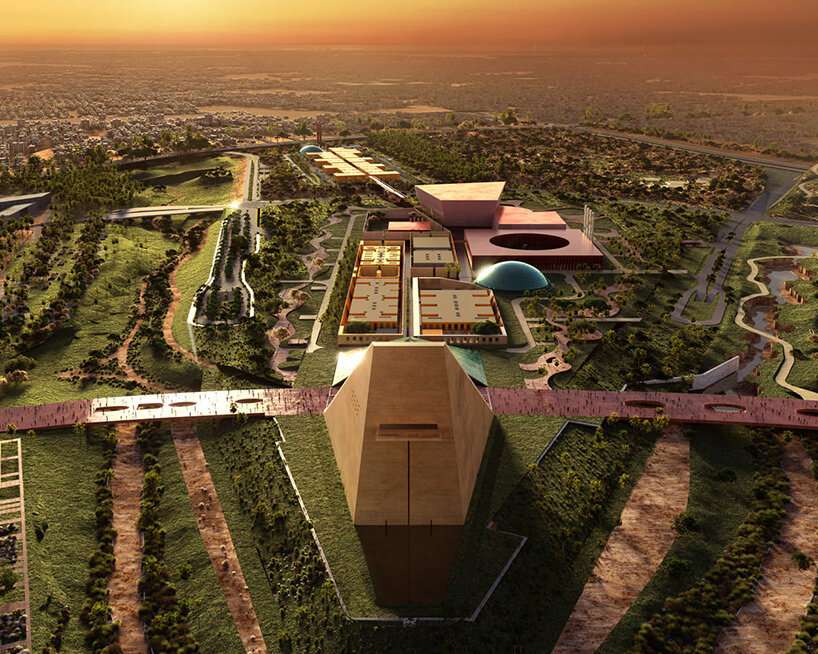
Ricardo Bofill Taller de Arquitectura designs the RAC for Riyadh’s King Salman Park | visualization courtesy KSP
ricardo bofill taller de arquitectura plans for riyadh desert
The team at Ricardo Bofill Taller de Arquitectura responds to the climate of Riyadh through the Royal Arts Complex’s material palette, which favors warm desert tones that absorb and reflect the landscape surrounding King Salman Park. Buildings are carefully calibrated to balance mass and void, casting deep shadows while allowing light to penetrate public squares and patios. This approach tempers the sun’s intensity while creating a tactile connection between architecture and terrain, rooting each structure in its arid context without overt mimicry.
Landscape design articulates three concentric zones that transition from the city’s edge into the park’s interior. The outermost plateau retains a raw, desert-like quality populated with native vegetation. Closer in, the sculptural garden provides a curated field of public artworks and architectural fragments. At the core lies the boulevard itself, animated by mineral surfaces, shaded walkways, and clusters of greenery that soften the spatial rhythm between buildings.
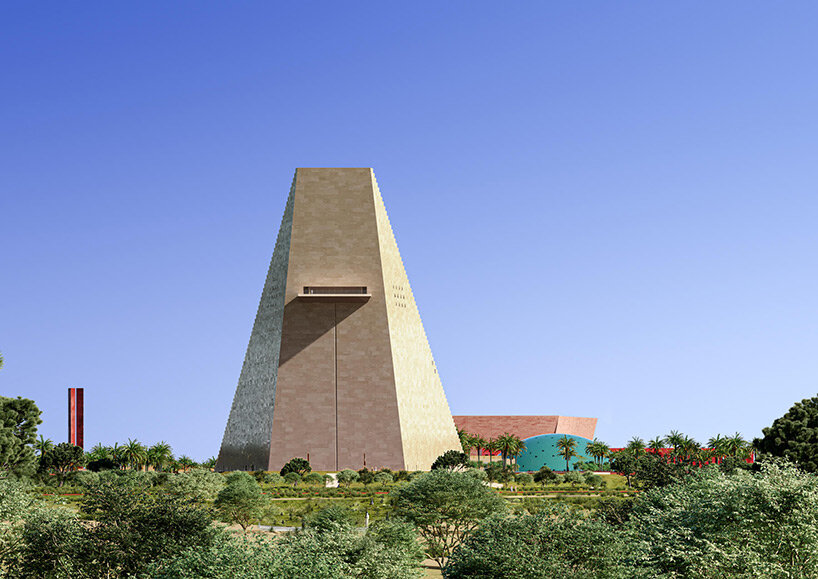
thirteen cultural venues are linked by a fifteen-kilometer central boulevard | visualization courtesy KSP
monumentality in fragments
Ricardo Bofill Taller de Arquitectura integrates the Royal Arts Complex into Riyadh’s urban fabric through its proximity to the Loop, a new transportation system that orbits the entire 16-square-kilometer park. Positioned at the Loop’s western edge, the RAC becomes an access point, or cultural hinge, between the park’s interior and the broader metropolis. The placement suggests continuity over isolation, encouraging movement between programmed venues and the surrounding green space.
The architectural language in Riyadh resists monolithic gestures in favor of spatial diversity. The thirteen volumes of the complex vary in scale and character, some austere and orthogonal, others more sculptural and expressive. This fragmented monumentality offers both a sense of civic grandeur and an accessible rhythm of public spaces. The design invites exploration, walking, and lingering — an urban promenade as much as a cultural destination.
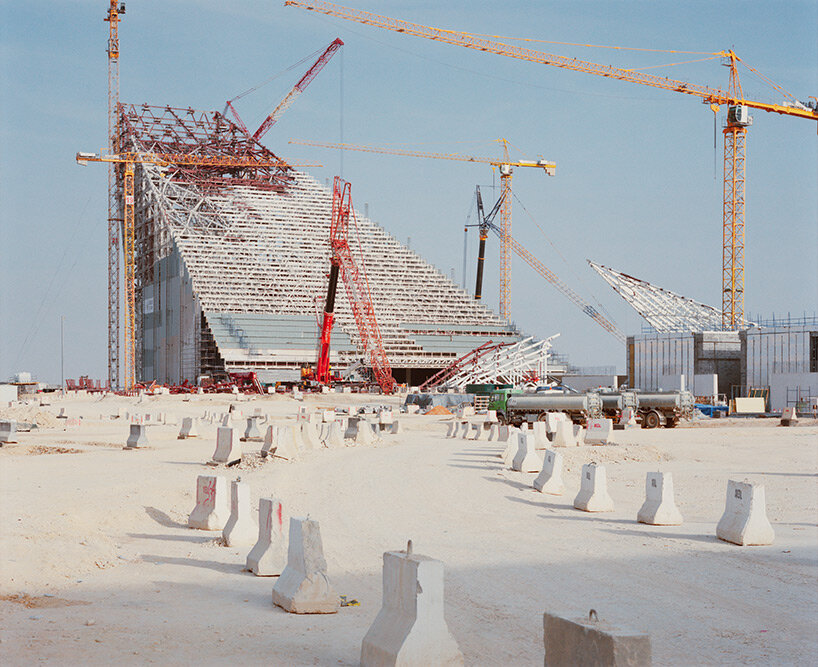
performance spaces, museums, and academies unite within a unified masterplan | image © Gregori Civera
The architects treat the main boulevard of Riyadh’s Royal Arts Complex as a performative spine. The boulevard links theaters, museums, and studios while serving as a public stage in its own right — hosting events, installations, and informal gatherings. Five squares punctuate the route, each with its own microclimate and spatial identity, offering rhythm and pause in an otherwise linear experience.
The Spanish studio’s work in Riyadh reflects a sensitivity to context that transcends stylistic mimicry. The RAC is not a pastiche of tradition, nor a purely globalized statement — it occupies a middle ground, drawing from desert typologies, local materials, and the logic of the oasis without becoming nostalgic. The project positions itself as a contemporary heritage site, one that aligns architecture with environmental and cultural continuity.
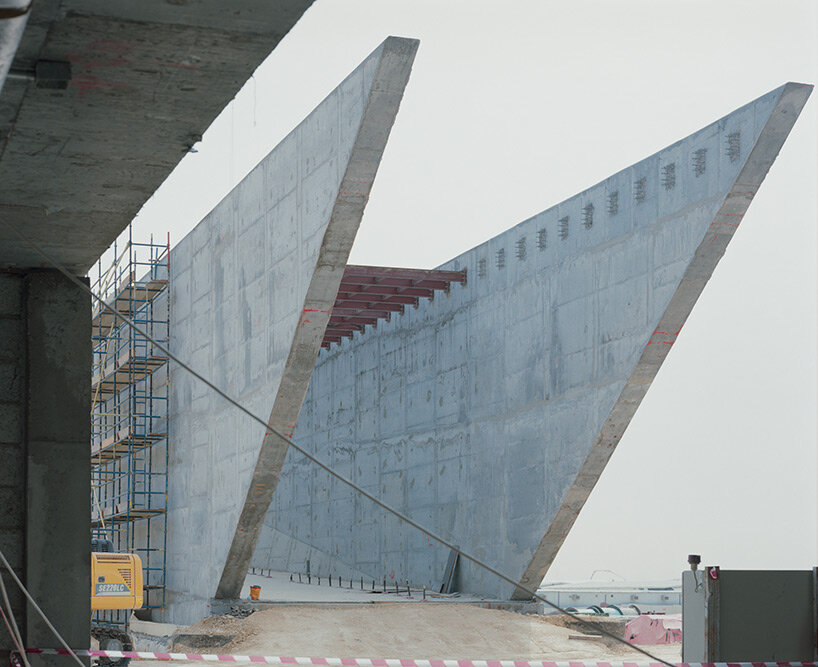
the landscape design features three concentric layers, from desert plateau to inner gardens | image © Gregori Civera
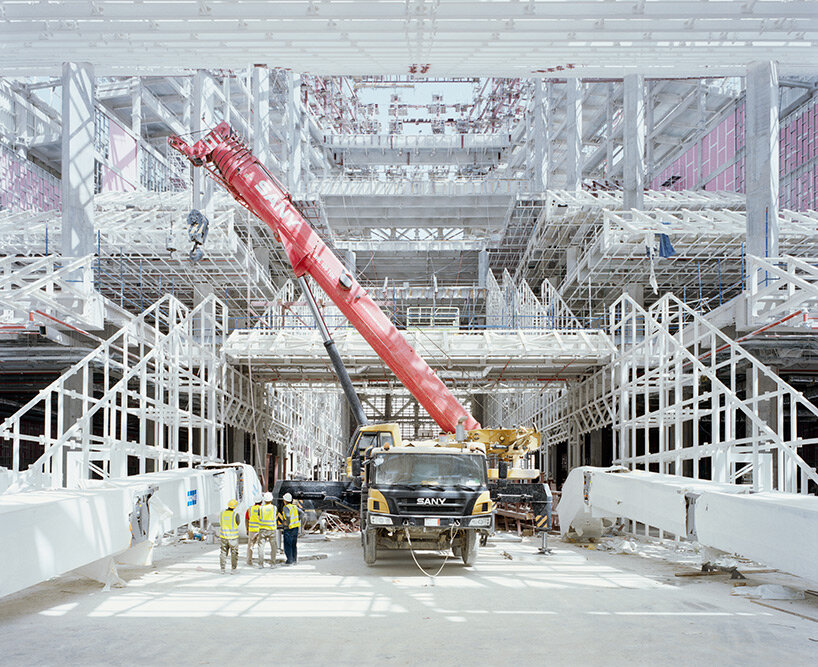
warm desert tones will root the architecture in the climate of Riyadh | image © Gregori Civera
